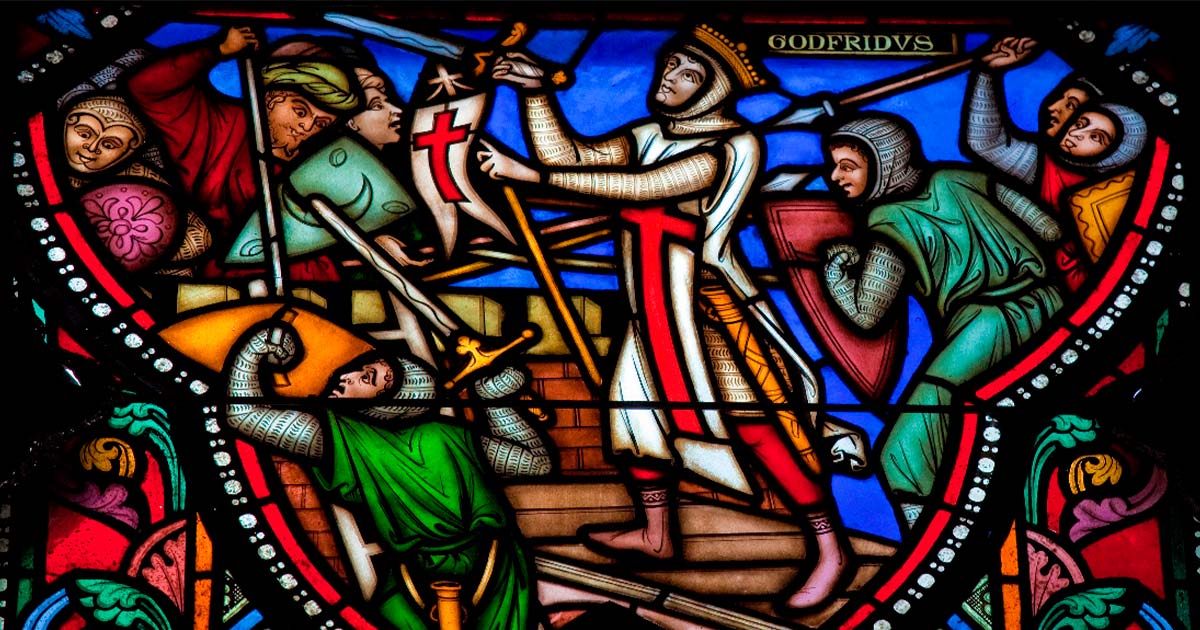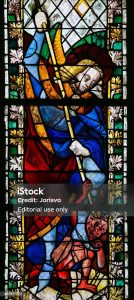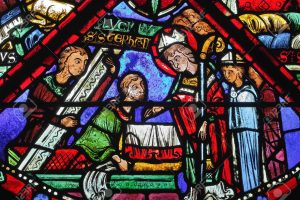1095: The First Crusade’s Bloodiest Year

In 1095, a pivotal moment unfolded as Pope Urban II, in a historic address at the Council of Claremont, rallied fervent believers to embark on a crusade, marking the inception of the First Crusade. The fusion of religious fervor and military zeal characterized an era where Christianity, in the throes of change, sought to reclaim the Holy Land from perceived threats. Motivated by a complex blend of faith, power dynamics, and a desire for territorial expansion, European knights, including the renowned Templars and Teutonic Order, converged on Palestine. The crusaders faced challenges beyond the battlefield, encountering internal conflicts, power struggles, and a multicultural society in the territories they established. The conquest of Jerusalem in 1099, though a triumph, was marred by a bloodlust-driven massacre.


The First Crusade: Christian and Muslim Bloodshed as Peasants, Princes, and Turks Clash in the Holy Land
Understanding the Crusades from an Islamic Perspective
Subsequent crusades unfolded against a backdrop of shifting alliances, political intrigue, and clashes between Christian factions. This historical epoch, epitomized by the First Crusade, reveals a tumultuous intersection of religion and violence, where the medieval world grappled with the paradox of waging war in the name of a faith preaching love and peace. The legacy of these holy wars resonates through the ages, leaving an indelible mark on the complex tapestry of medieval history.